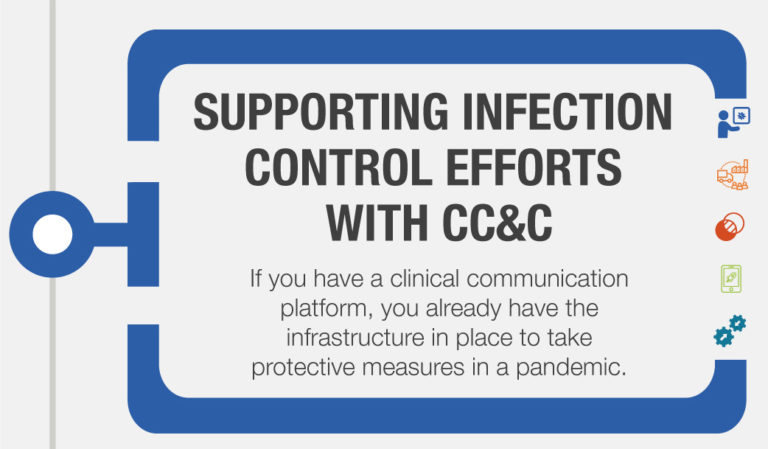Resources for Managing Emergency Situations Through Clinical Communication
During the emergency situations, communication plays a critical role in enabling staff to provide safe and high-quality patient care. To help support healthcare organizations, we have compiled a collection of communication best practices and strategies for responding to disaster situations and pandemics. Many of our customers have successfully deployed these strategies when their facilities were experiencing strain due to crises like natural disasters and man-made emergency events. We offer this knowledge in the hopes that healthcare organizations across the country can continue to keep staff safe and provide high-caliber care to their patients.
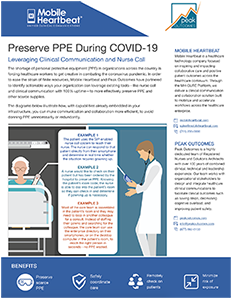
Reduce Exposure, Preserve PPE
Download our free one-pager to learn how you can leverage your clinical communication and nurse call systems to limit exposure and cut down on PPE use.
"There is no way we could have communicated with the entire staff that quickly without [Mobile Heartbeat]. Within two minutes, there was abundant help headed to the ER. [Mobile Heartbeat] saved lives that night."
-Kimberly Hatchel, Former CNO
Sunrise Hospital & Medical Center
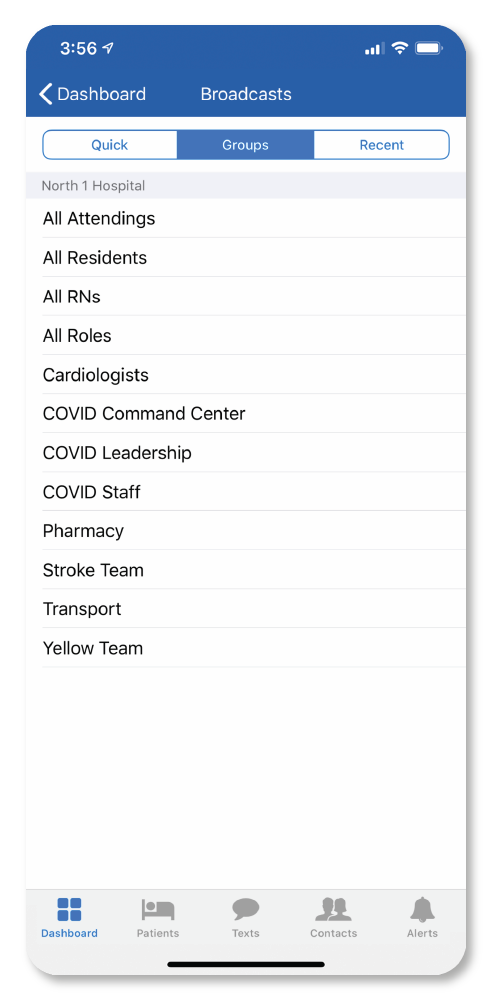
Introducing the Virtual Incident Command Center
You’ve deployed your Incident Command Center. Now, create one within MH-CURE to keep key parties and decision-makers informed and up to date.
Employ Dynamic Roles to assign Incident Commander status
Broadcast from the VICC to make official updates and announcements
Leverage group chat to communicate with all members of the ICC
COVID-19 Webinar
Play our on-demand webinar to learn actionable ways your organization can use clinical communication to combat problems caused by COVID-19.
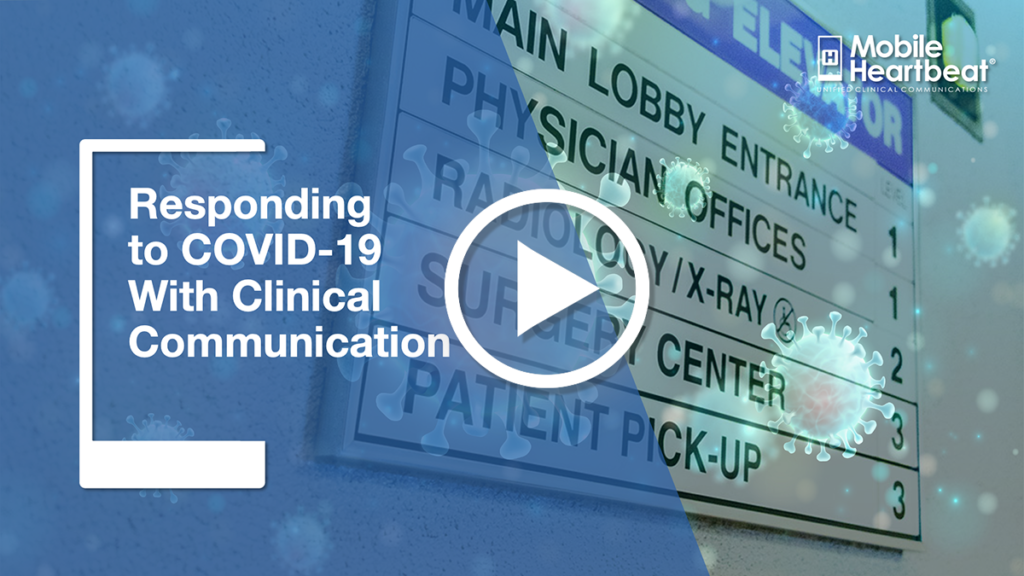
Enabling a Smarter Supply Chain
Resource scarcity can be one of the biggest challenges for hospitals. Distribute your supplies faster and more efficiently by leveraging your CC&C platform.
Assign an Incident Commander to Supply Chain using Dynamic Roles
Communicate bidirectionally across units and facilities to identify areas of greatest need
Broadcast shipment arrivals and allocation protocols to in-need units
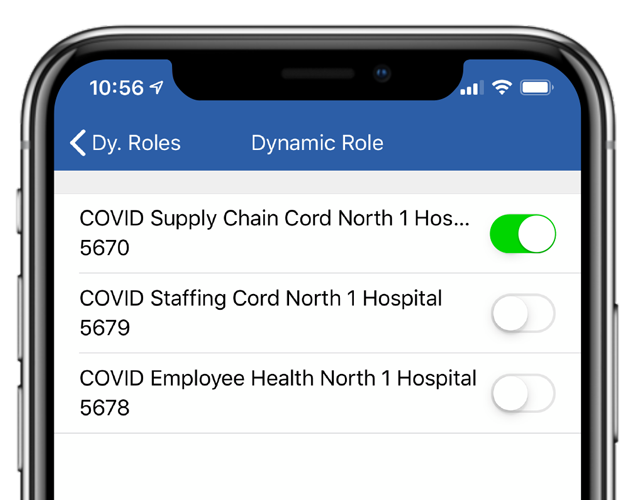
Be Prepared for Any Crisis
Download our white paper to find out exactly what steps you should be taking.
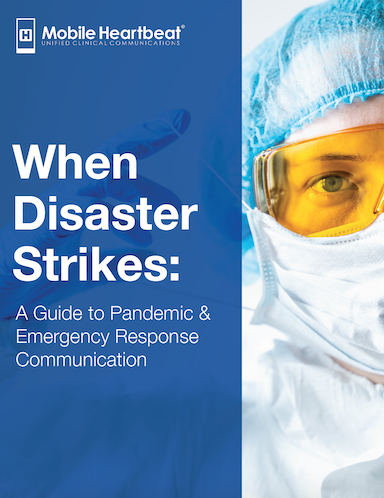
Keeping Colleagues and Patients Safe
The infectivity of the novel coronavirus, coupled with the shortage of equipment, tests and other supplies, means that frontline staff risk infection every time they scrub in. Use your CC&C platform to minimize exposure and keep colleagues and at-risk patients healthy.
Provide links to resources and reference materials rather than printing out shared copies
Facilitate group chats and bidirectional communication between staff on the same unit
Opt for texting and calling over paging or having in-person conversations
Sanitize every device—smartphones, mobile workstations, tablets, headsets and pagers
Send daily updates to frontline staff to keep them informed about staffing needs, resource allocation and active case counts
We can help.
It may seem like there’s only so much you can do to mitigate and respond to the coronavirus pandemic in your hospital. Talk to our professional services team for more ways you can leverage your existing processes and implement clinical workflows in order to minimize the impact COVID-19 has on your organization.

